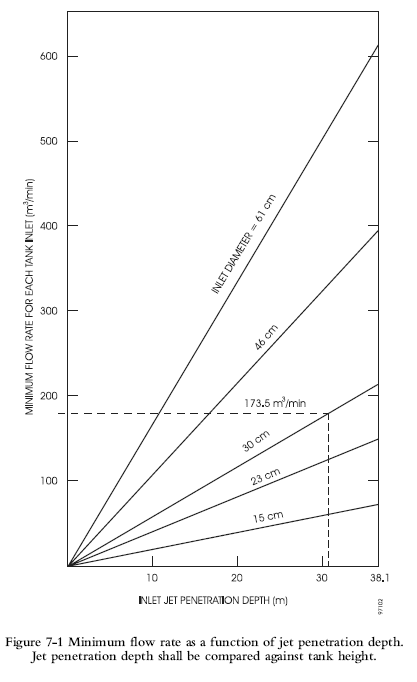|
1 Cargo residues of substances with a vapour pressure greater than 5 kPa
at 20°C may be removed from a cargo tank by ventilation.
2 Before residues of noxious liquid substances are ventilated from a
tank, the safety hazards relating to cargo flammability and toxicity shall be
considered. With regard to safety aspects, the operational requirements for
openings in cargo tanks in SOLAS 74, as amended, the International Bulk
Chemical Code, the Bulk Chemical Code, and the ventilation procedures
in the International Chamber of Shipping (ICS) Tanker Safety Guide
(Chemicals) should be consulted.
3 Port authorities may also have regulations on cargo tank ventilation.
4 The procedures for ventilation of cargo residues from a tank are as
follows:
| |
.1 |
the pipelines shall be drained and further cleared of liquid by
means of ventilation equipment; |
| |
.2 |
the list and trim shall be adjusted to the minimum levels possible
so that evaporation of residues in the tank is enhanced; |
| |
.3 |
ventilation equipment producing an airjet which can reach the
tank bottom shall be used. Figure 7-1 could be used to evaluate
the adequacy of ventilation equipment used for ventilating a
tank of a given depth; |
| |
.4 |
ventilation equipment shall be placed in the tank opening closest
to the tank sump or suction point; |
| |
.5 |
ventilation equipment shall, when practicable, be positioned so
that the airjet is directed at the tank sump or suction point and
impingement of the airjet on tank structural members is to be
avoided as much as possible; and |
| |
.6 |
ventilation shall continue until no visible remains of liquid can
be observed in the tank. This shall be verified by a visual
examination or an equivalent method. |

|
